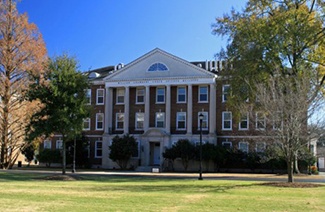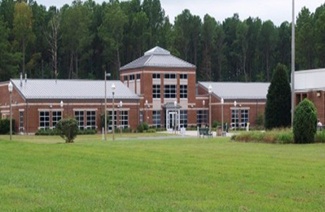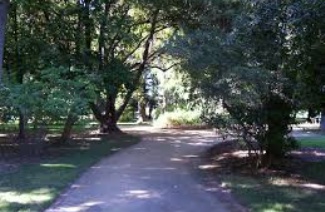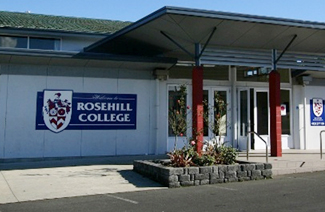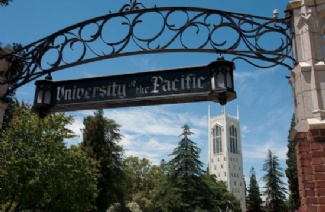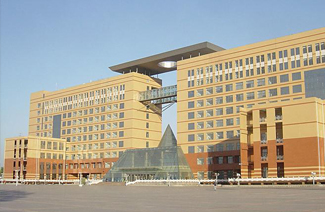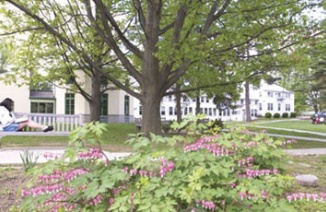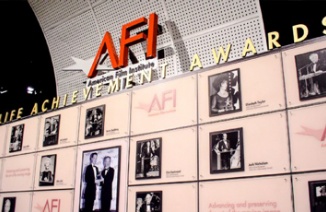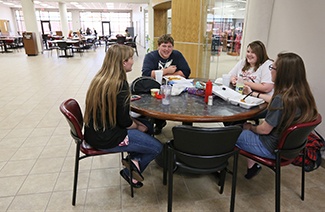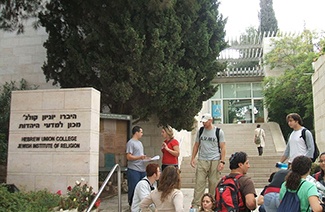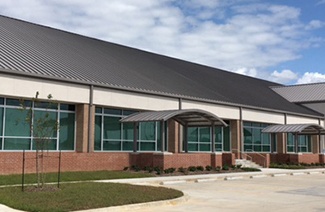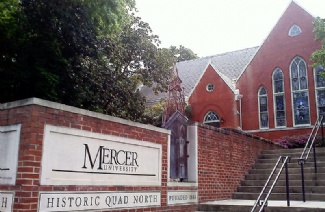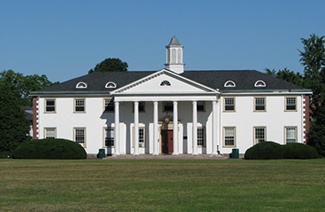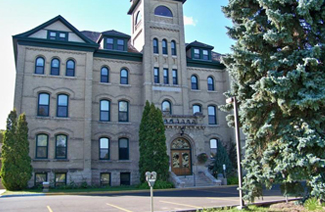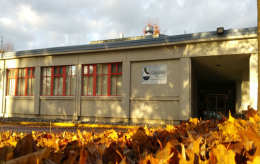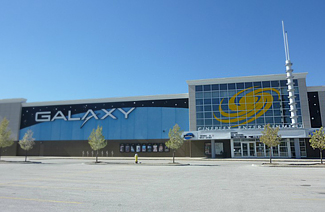在进行备考的时候大家是不是有被繁多的备考资料弄晕了呢?相信很多备考资料参考书是真的很有价值的,但是也不乏一些糟粕的存在。那么,该怎么选择是考生的很重视的问题了。但是,要知道万变不离其宗,最重要的练习题应该就是真题了。但是,新的改革之后,应该看什么呢?小编和大家分享一个很重要的资料,2016年新SAT样题Writing and Language部分,供大家参考。
Writing and Language部分:
Time-15 minutes
13 Question
Questions 1-7 are based on the following passage.
Dong Kingman: Painter of Cities
A 1954 documentary about renowned watercolor painter Dong Kingman shows the artist sitting on a stool on Mott Street in New York City’s Chinatown. A crowd of admiring spectators watches as Kingman squeezes dollops of paint from several tubes into a tin watercolor ①box, from just a few primary colors, Kingman creates dozens of beautiful hues as he layers the translucent paint onto the paper on his easel. Each stroke of the brush and dab of the sponge transforms thinly sketched outlines into buildings, shop signs, and streetlamps. The street scene Kingman begins composing in this short film is very much in keeping with the urban landscapes for which he is best known.
[1] Kingman was keenly interested in landscape painting from an early age. [2] In Hong Kong, where Kingman completed his schooling, teachers at that time customarily assigned students a formal “school name.” [3] His interest was so keen, in fact, that he was named after it. [4] The young boy who had been called Dong Moy Shu became Dong Kingman. [5] The name Kingman was selected for its two ②parts, “king” and “man”; Cantonese for “scenery” and “composition.” [6] As Kingman developed as a painter, his works were often compared to ③paintings by Chinese landscape artists dating back to CE 960, a time when a strong tradition of landscape painting emerged in Chinese art. [7] Kingman, however, ④vacated from that tradition in a number of ways, most notably in that he chose to focus not on natural landscapes, such as mountains and rivers, but on cities.⑤
⑥His fine brushwork conveys detailed street-level activity: a peanut vendor pushing his cart on the sidewalk, a pigeon pecking for crumbs around a fire hydrant, an old man tending to a baby outside a doorway. His broader brushstrokes and sponge-painted shapes create majestic city skylines, with skyscrapers towering in the background, bridges connecting neighborhoods on either side of a river, and enormous ships maneuvering out of a busy harbor. To art critics and fans alike, these city scenes represent the innovative spirit of twentieth-century urban Modernism.
During his career, Kingman exhibited his work ⑦internationally. He garnered much acclaim. In 1936, a critic described one of Kingman’s solo exhibits as “twenty of the freshest, most satisfying watercolors that have been seen hereabouts in many a day.” Since Kingman’s death in 2000, museums across the United States and in China have continued to ensure that his now-iconic landscapes remain available for the public to enjoy.
新SAT样题
1.
(A) NO CHANGE
(B) box. From just a few primary colors
(C) box from just a few primary colors
(D) box, from just a few primary colors
2.
(A) NO CHANGE
(B) parts: “king” and “man,”
(C) parts “king” and “man”;
(D) parts; “king” and “man”
3.
(A) NO CHANGE
(B) Chinese landscape artists
(C) painters of Chinese landscapes
(D) artists
4.
(A) NO CHANGE
(B) evacuated
(C) departed
(D) retired
5. For the sake of the cohesion of this paragraph, sentence 3 should be placed
(A) where it is now.
(B) before sentence 1.
(C) after sentence 1.
(D) after sentence 4.
6. Which choice most effectively establishes the main topic of the paragraph?
(A) Kingman is considered a pioneer of the California Style school of painting.
(B) Although cities were his main subject, Kingman did occasionally paint natural landscapes.
(C) In his urban landscapes, Kingman captures the vibrancy of crowded cities.
(D) In 1929 Kingman moved to Oakland, California, where he attended the Fox Art School.
7. Which choice most effectively combines the sentences at the underlined portion?
(A) internationally, and Kingman also garnered
(B) internationally; from exhibiting, he garnered
(C) internationally but garnered
(D) internationally, garnering
Questions 8-13 are based on the following passage and supplementary material.
A Life in Traffic
A subway system is expanded to provide service to a growing suburb. A bike-sharing program is adopted to encourage nonmotorized transportation. Stoplight timing is coordinated to alleviate rush hour traffic jams in a congested downtown area. When any one of these changes ⑧occur, it is likely the result of careful analysis conducted by transportation planners.
The work of transportation planners generally includes evaluating current transportation needs, assessing the effectiveness of existing facilities, and improving those facilities or ⑨they design new ones. Most transportation planners work in or near cities, but some are employed in rural areas. Say, for example, a large factory is built on the outskirts of a small town. Traffic to and from that location would increase at the beginning and end of work shifts. The transportation planner’s job might involve conducting a traffic count to determine the daily number of vehicles traveling on the road to the new factory. If analysis of the traffic count indicates that there is more traffic than the ⑩current road as it is designed at this time can efficiently accommodate, the transportation planner might recommend widening the road to add another lane.
Transportation planners work closely with a number of community stakeholders, such as government officials and other interested organizations and individuals. ?Next, representatives from the local public health department might provide input in designing a network of trails and sidewalks to encourage people to walk more. Members of the Chamber of Commerce might share suggestions about designing transportation and parking facilities to support local businesses.
?People who pursue careers in transportation planning have a wide variety of educational backgrounds. A two-year degree in transportation technology may be sufficient for some entry-level jobs in the field. Most jobs, however, require at least a bachelor’s degree; majors of transportation planners are varied, including fields such as urban studies, civil engineering, geography, or transportation and logistics management. For many positions in the field, a master’s degree is required.
Transportation planners perform critical work within the broader field of urban and regional planning. As of 2010, there were approximately 40,300 urban and regional planners employed in the United States. The United States Bureau of Labor Statistics forecasts steady job growth in this field, ?projecting that 16 percent of new jobs in all occupations will be related to urban and regional planning. Population growth and concerns about environmental sustainability are expected to spur the need for transportation planning professionals.
1
8.
(A) NO CHANGE
(B) occur, they are
(C) occurs, they are
(D) occurs, it is
9.
(A) NO CHANGE
(B) to design
(C) designing
(D) design
10.
(A) NO CHANGE
(B) current design of the road right now
(C) road as it is now currently designed
(D) current design of the road
11.
(A) NO CHANGE
(B) For instance,
(C) Furthermore,
(D) Similarly,
12.
(A) NO CHANGE
(B) People, who pursue careers in transportation planning,
(C) People who pursue careers, in transportation planning,
(D) People who pursue careers in transportation planning,
13. Which choice completes the sentence with accurate data based on the graph?
(A) NO CHANGE
(B) warning, however, that job growth in urban and regional planning will slow to 14 percent by 2020.
(C) predicting that employment of urban and regional planners will increase 16 percent between 2010 and 2020.
(D) indicating that 14 to 18 percent of urban and regional planning positions will remain unfilled.
以上就是关于2016年新SAT样题Writing and Language部分的解读了,希望对大家有所帮助。
